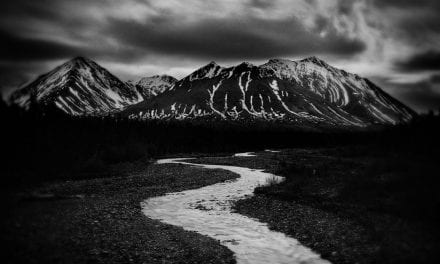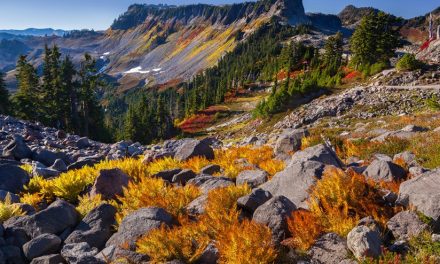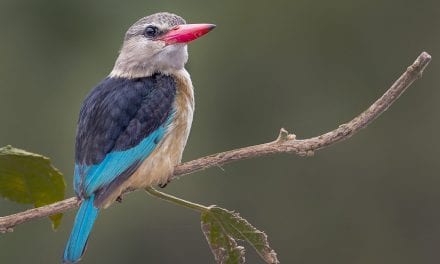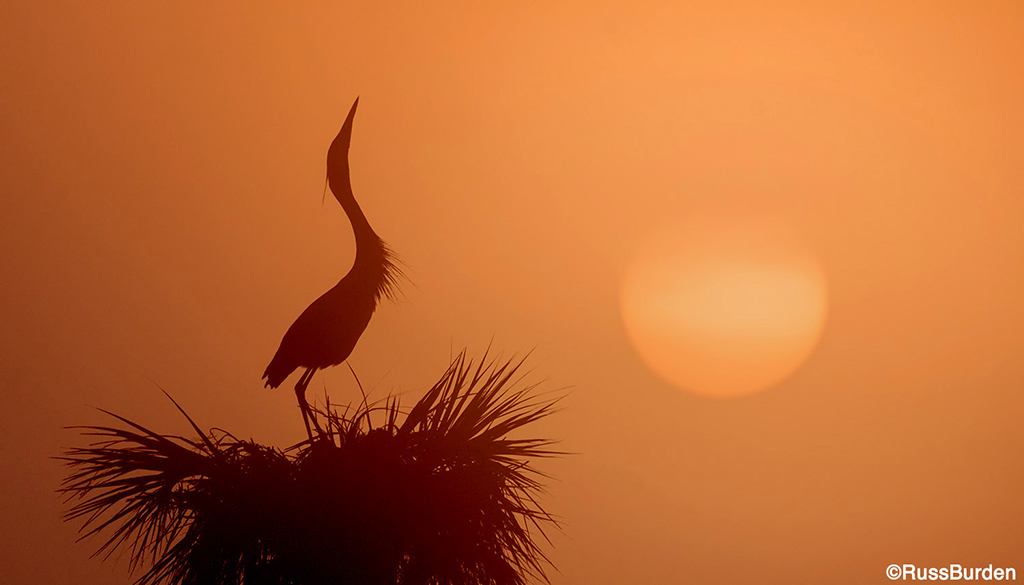
I love to photograph at dawn and dusk. I also love the light when the sun hovers near the horizon. If there are clouds in the sky, the color can be dramatic. If the sky is clear just before the sun rises or after it sets, a cobalt blue color provides a wonderful backdrop. Shooting into this light means it’s time to turn your thoughts to silhouettes. If you try to reveal detail in a subject, you’ll lose the intensity, drama and color in the sky. So, expose for the sky and let your subject go black. The drama it produces can be very rewarding. Here’s how to seek out silhouettes in nature photography.
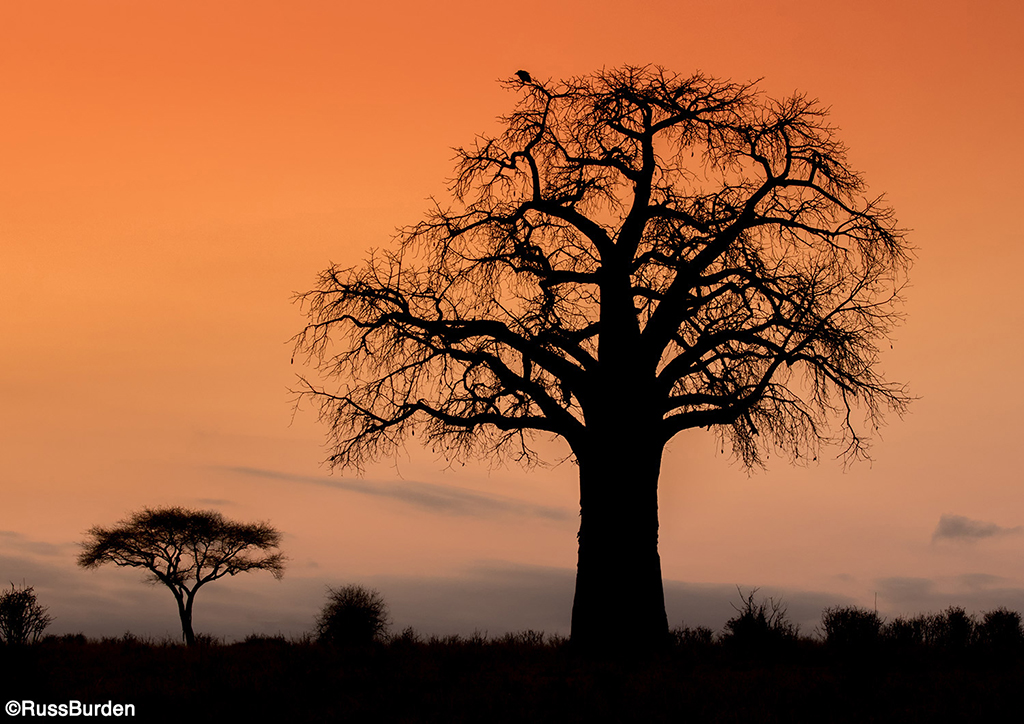
Choosing Subject Matter
When seeking out silhouettes in nature photography, look for a subject that has a distinct shape and form. It will be reduced to black, so it’s essential the outline is easily identifiable and has character. For instance, a large boulder will turn out as a huge black blob and have no interest. On the other hand, a bare winter-skylined cottonwood with intriguing branch formations against a dramatic sky is ideal.
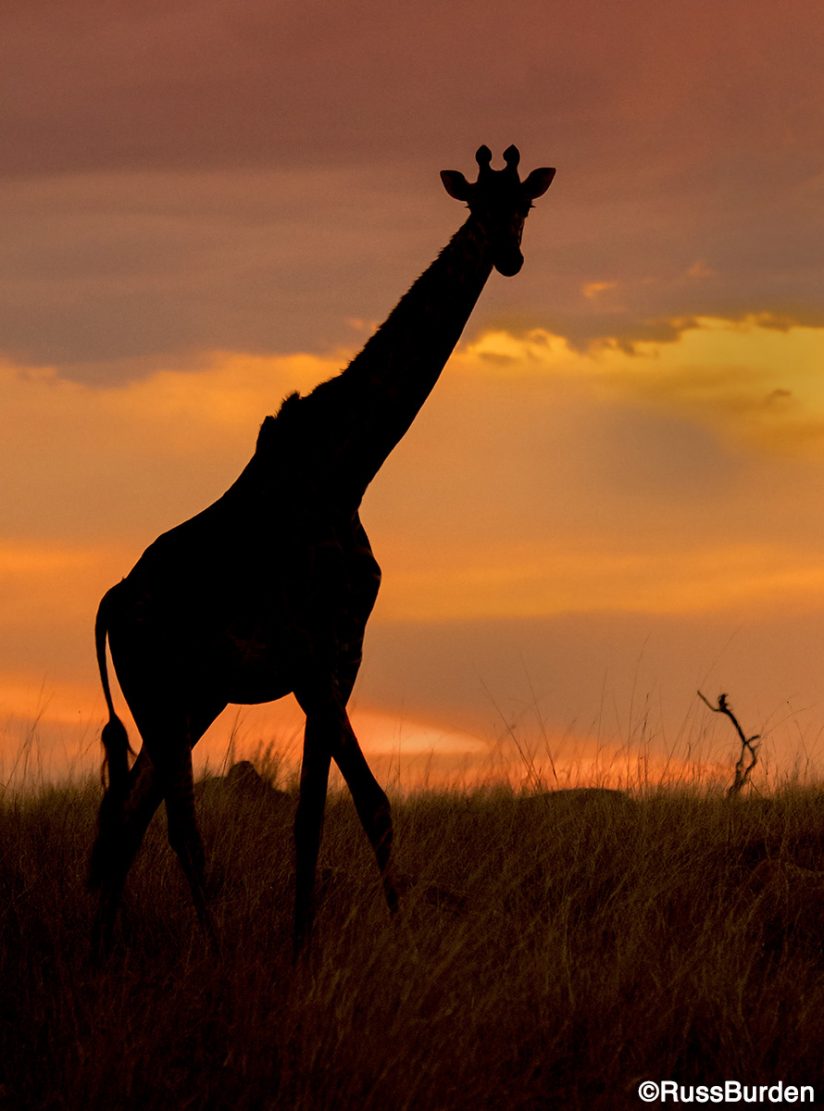
Exposure When Shooting Silhouettes
To capture incredible silhouettes in nature photography, base your exposure on the sky. The goal is to preserve sky detail and saturate the intense color just before the sun rises or after it sets. If the silhouette takes up a large area, be sure to bias your exposure to the minus side as the meter will try to add detail to the area you intentionally want to fall into an outline. This will cause the sky to overexpose. To create the effect you desire, subtract exposure to deepen the blacks of the silhouette and maintain the vivid sky.
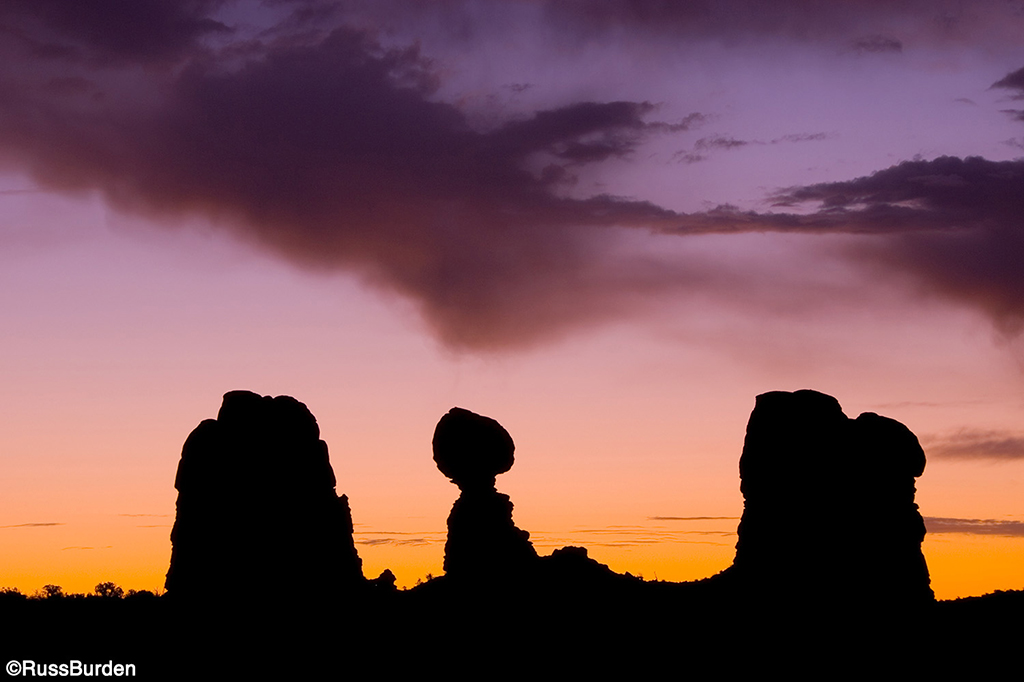
Dark Subject Against Dark Cloud
When sporadic clouds appear in the western or eastern sky, they can be your ally or your worst enemy. If they don’t reflect color and unfortunately remain gray, the dark gray clouds merge with the silhouette, which makes it difficult to discern the silhouette from the cloud. Conversely, when you wait for the cloud to light up, the vibrance creates great separation. Be patient and wait for color if you want successful silhouettes in nature photography. If the atmospherics don’t cooperate and prevent the clouds from becoming illuminated, chalk it up to a nice try and wait for another day.
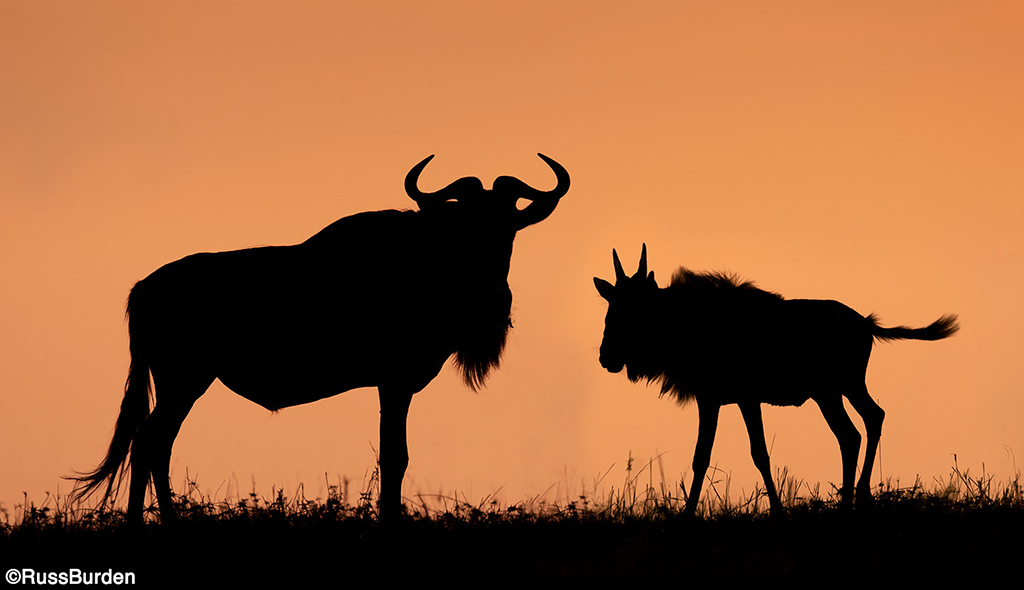
Composition When Shooting Silhouettes
If the sky has extreme drama, zoom out and accentuate the silhouette using the clouds to either frame the outline or to offset it against the color. Be sure to create both verticals and horizontals and place the subject using the rule of thirds. For the sake of diversity, zoom the lens to its telephoto setting to place the emphasis on the silhouette. Again, be careful how you meter. The more space the silhouetted area takes up, the more you’ll need to compensate to the minus side. In addition to zooming all the way in, be sure to try a medium-range focal length. As I like to say, “Exhaust All Possibilities.” Regardless of the focal length, work quickly and efficiently as the color doesn’t last long.
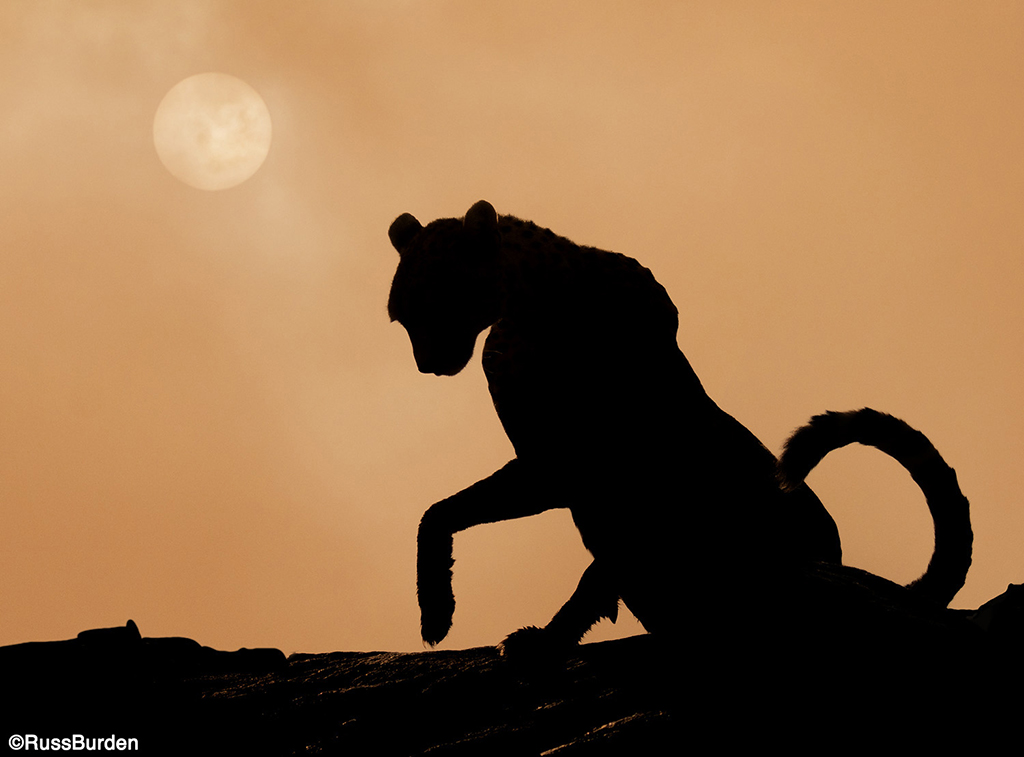
White Balance
Experiment using different in-camera white balances. Bias them toward cloudy and shade to warm up the tones in the sky. The same effect can be done in post-processing. Experiment with the white balance sliders in Camera RAW or Lightroom. Move the magenta and yellow triangles to the right until you find the color that clicks for you. A cobalt blue sky also works and is commonly found on super clear days when the atmosphere is clean from particles and dust, so don’t overlook a cooler color spectrum to add diversity to your images.
To learn more about this subject, join me on a photo safari to Tanzania. Visit www.russburdenphotography.com to get more information.
The post Silhouettes In Nature Photography appeared first on Outdoor Photographer.











